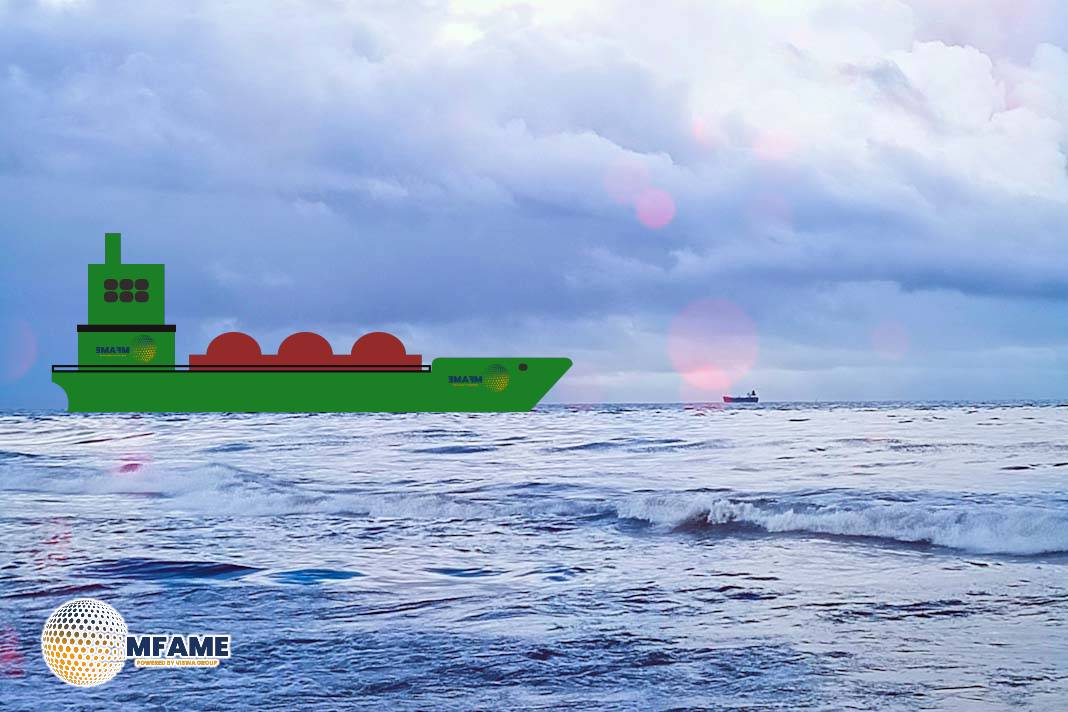- Lithium-ion battery thermal runaway poses major fire risks.
- Few international rules exist, IMO framework not expected until 2027.
- Single-cell failure can trigger an uncontrollable fire chain reaction.
As the world embraces electric vehicles (EVs) at a rapid pace, the maritime industry is now grappling with a fresh safety concern. The Maritime Technologies Forum (MTF), which brings together flag states and classification societies, has released a report set for March 2025 that addresses the safe transport of EVs on Pure Car and Truck Carriers (PCTCs). This document aims to connect the dots between cutting-edge technology and the safety regulations that govern maritime operations, reports Hill Dickinson.
Lithium-Ion Battery Hazards
The report sheds light on the risks associated with lithium-ion batteries (LiBs), the power source for most EVs. These batteries can be prone to thermal runaway, a dangerous chain reaction that may lead to fires, explosions, and the release of toxic gases. Given the compact design of PCTCs, the potential for fire to spread is particularly alarming.
Limited Regulations
At present, there are only a handful of international regulations that oversee the transport of EVs by sea. The current guidelines under the IMO’s Dangerous Goods Code (IMDG) primarily address the condition of the goods rather than the methods of transport. While some regional advice is available, comprehensive regulations from the IMO are not anticipated until 2027. The MTF’s efforts are aimed at steering and speeding up this crucial process.
Eight Core Safety Areas
- EV Characteristics and Thermal Runaway: Just one cell failure can set off a chain reaction, leading to an uncontrollable fire throughout the entire battery pack.
- Early Detection: To catch potential issues before they escalate into a fire, it’s recommended to use AI-powered CCTV, infrared sensors, gas detectors, and alerts from the Battery Management System (BMS).
- Explosion Prevention: When thermal runaway occurs, it releases flammable gases like hydrogen and methane. The report emphasises the need for explosion-proof equipment and constant mechanical ventilation to mitigate risks.
- Fire Protection and Spread Control: Given how closely vehicles are packed on carriers, the report suggests using fire blankets, boundary cooling, water curtains, and enhanced insulation to slow down the spread of fire and ensure safe evacuation.
- Manual Firefighting: Taking early action with water mist lances, thermal imaging cameras, and portable cooling devices can be effective, although there are still significant risks for the crew involved.
- Fixed Firefighting Systems: The report evaluates CO₂, foam, and water-based systems. While CO₂ can suppress fires, it doesn’t cool and can lead to suffocation. Foam can smother flames but loses effectiveness under high heat, whereas water-based systems provide cooling but may raise stability concerns.
- Crew Safety: To enhance safety, recommendations include stronger personal protective equipment (PPE), more breathing apparatus, improved lighting, better communication tools, and secure escape routes.
- Training and Drills: The report highlights the importance of regular drills specifically for electric vehicles, focusing on fire behaviour, equipment usage, and evacuation procedures.
Regulatory Influence
The MTF’s framework is designed to assist the IMO in crafting a thorough global standard, all while promoting investment in cutting-edge firefighting and detection technologies.
Cross-Sector Cooperation
The report emphasises the need for stronger collaboration between the maritime and automotive sectors to establish standardised safety features and communication protocols.
Legal and Operational Impact
Incidents involving electric vehicles are increasingly linked to legal disputes regarding seaworthiness and cargo-worthiness. Although the report serves as a guideline, vessel owners who choose to overlook its suggestions might find themselves facing legal and contractual challenges. Taking proactive steps could greatly lower the chances of serious incidents and conflicts.
Did you subscribe to our daily Newsletter?
It’s Free Click here to Subscribe!
Source: Hill Dickinson

















